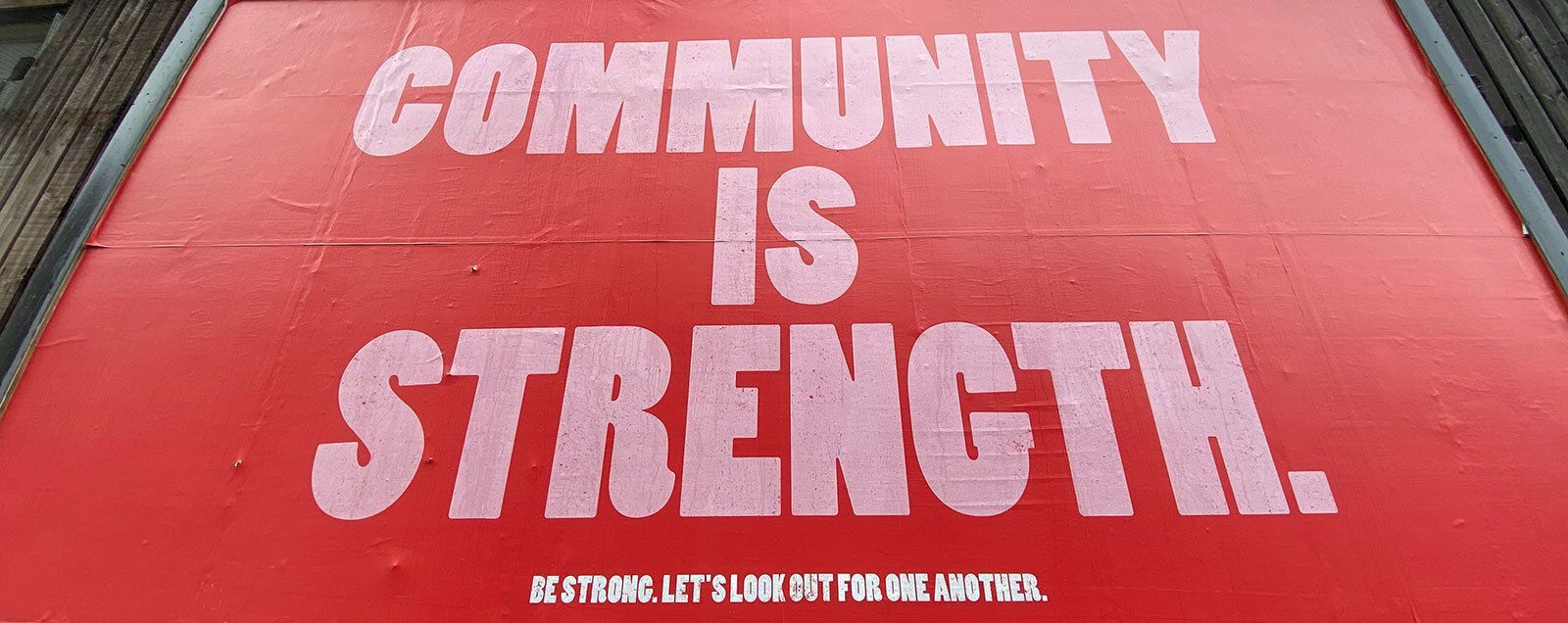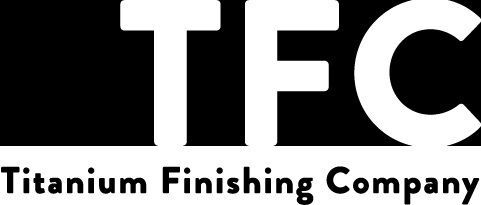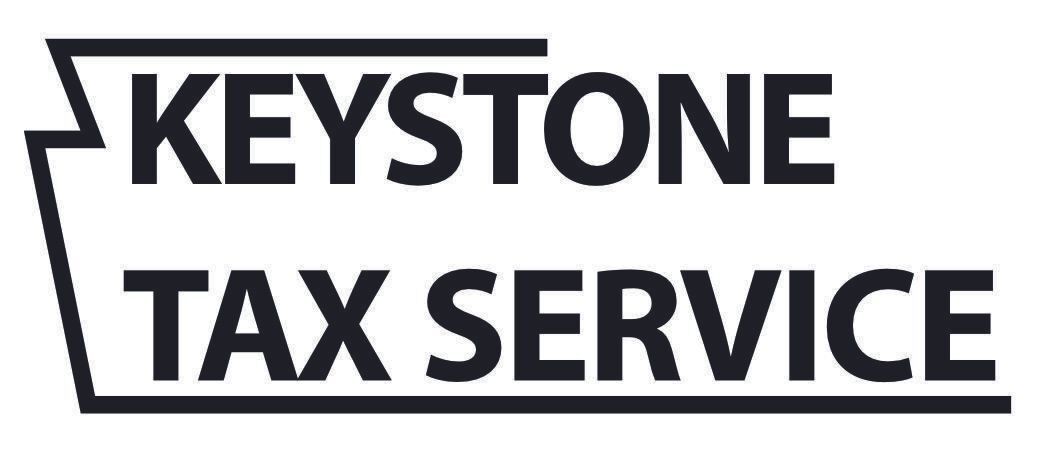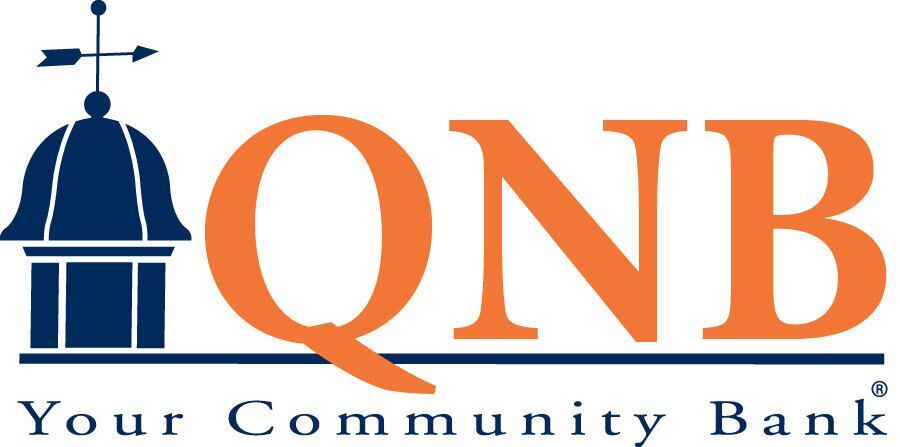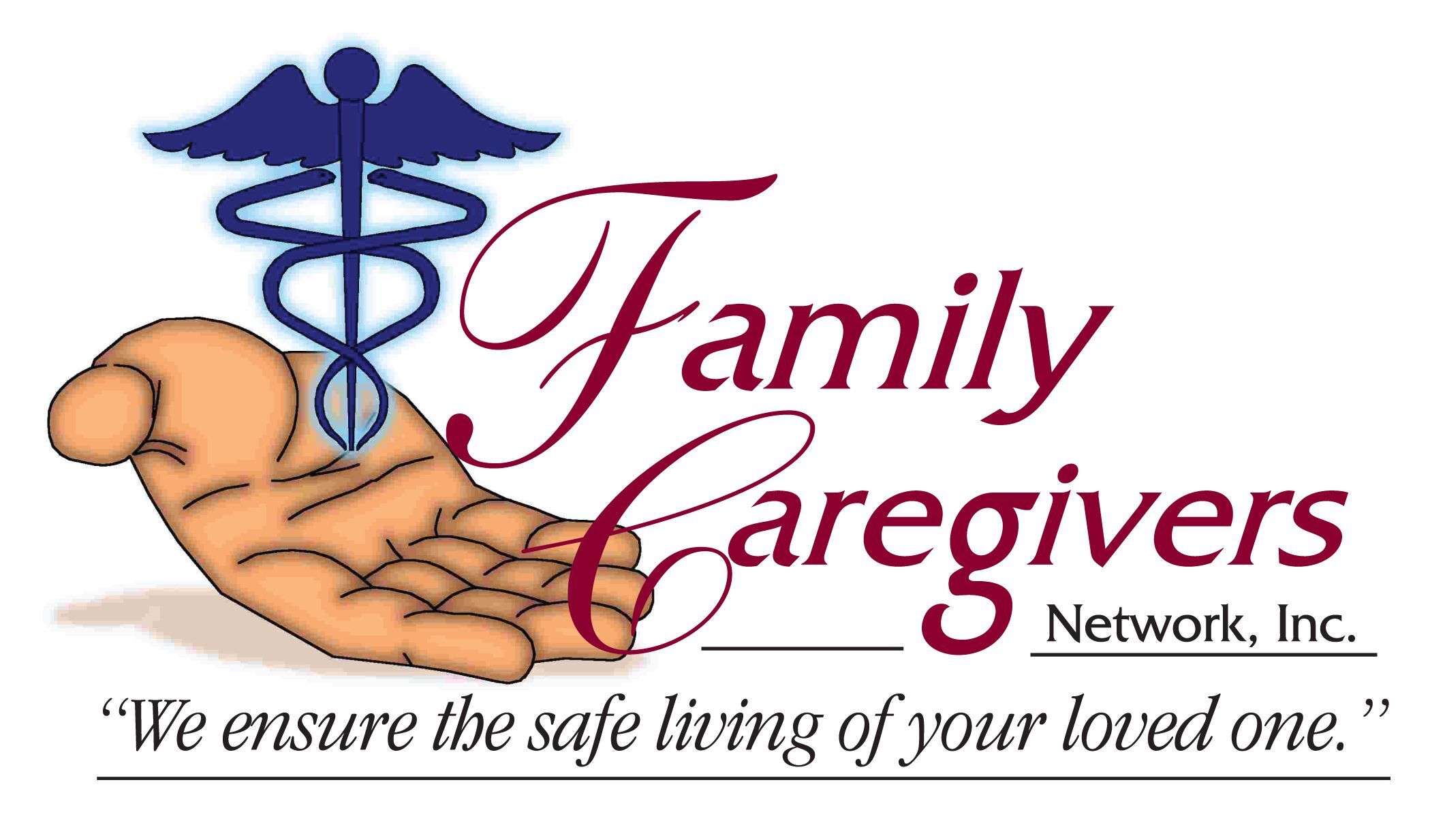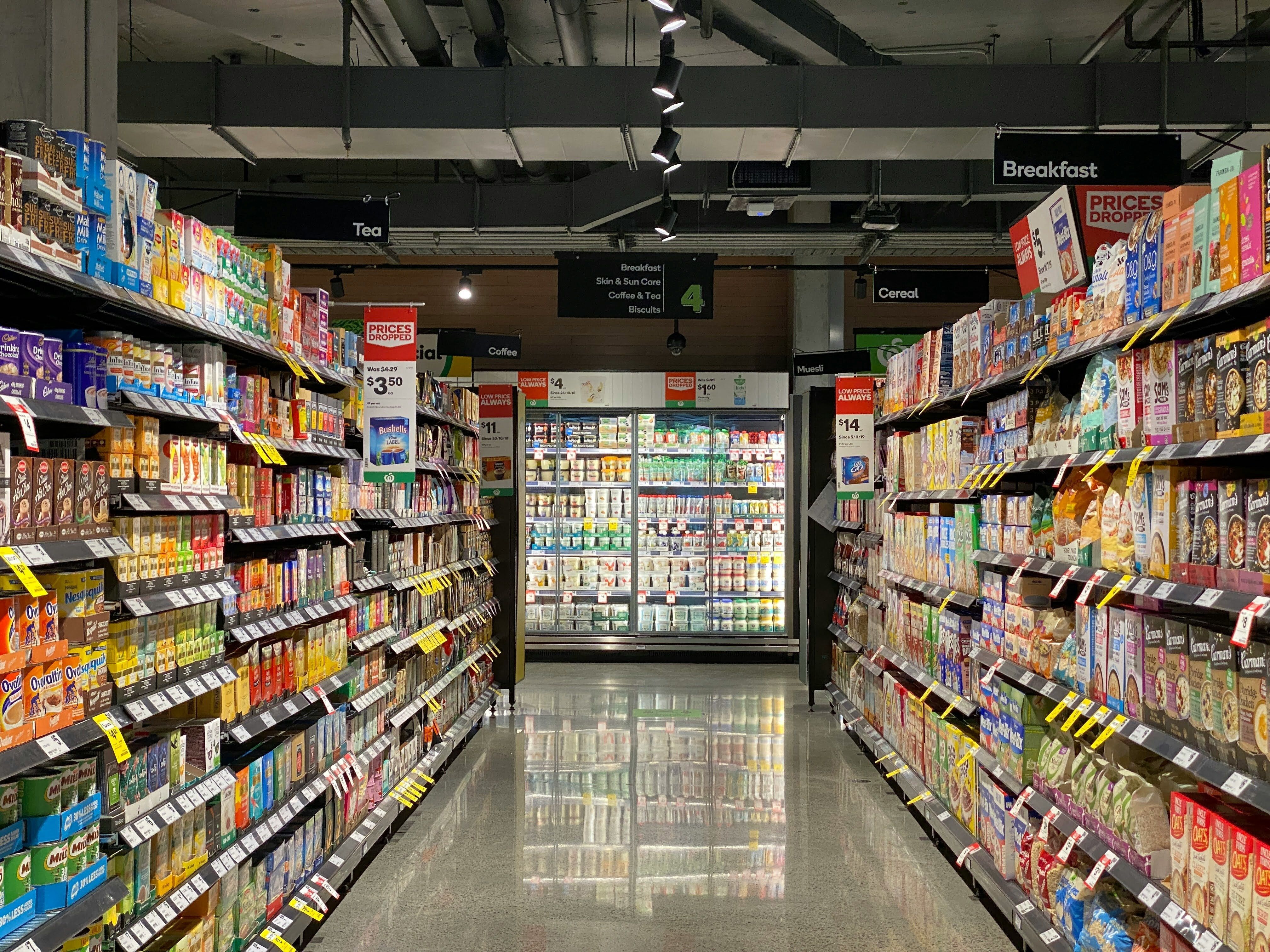
So last month, I asked our followers to join me in the SNAP Challenge. It is something that the Food Research and Action Council (FRAC) does to bring awareness to the need for SNAP to be funded at a higher level or at least not be cut through decisions being made at the Federal level.
SNAP, or Supplemental Nutrition Assistance Program, is a vital service for our most vulnerable populations – seniors and children who are extremely low-income. On average, SNAP recipients are allocated about $6 per day. This is the amount that those of us who were given the challenge were asked to budget for 3 days to complete the challenge…let me tell you, it is almost impossible to eat for just 6 dollars a day. I would like to share some of my takeaways from the experience.
1) Eating fresh produce is out of the question. With the average price of blueberries at $3.99 and a bag of spinach at $3.49, this eats up more than half of the $6 allocation. If you choose to eat fresh produce, it means that other and perhaps more filling items cannot also be purchased. Needless to say, fresh fruits and veggies were the first thing I cut in order to make the $6 stretch as far as possible.
2) You must know how to cook – from scratch. To stretch your dollars the most, knowing how to cook with basic staples is essential. For instance, buying dried beans is cheaper than buying canned, but not everyone knows how to prepare them. In our senior population this is a special concern because many seniors on SNAP live alone and might not cook (for instance, if they’ve lost a spouse who did most or all of the cooking, the ability and knowledge is not there.) Because I work full-time, I struggled to have the time (or energy) to prepare food from scratch every day.
3) Processed foods are cheaper and more filling. Buying a box of mac and cheese is $.95 for the store brand. With milk and butter, it is still about $1.50 and can be consumed for a couple of meals per day if needed. It’s filling and easy to prepare, so it makes sense that people who are food insecure tend to gravitate toward more processed food that is less healthy and nutritious. Again, working full-time, this was a convenient solution, but left me with a belly ache.
4) SNAP Recipients are allocated their allotment monthly. For a single SNAP user, the total comes to about $180 per month, or $42 per week. While it might be possible to eat for $42 per week, based on the lessons above, there is little nutritional value to what you are able to purchase. Buying things like butter, eggs, milk, produce and meat would use up the entire weekly allowance and there would still be a gap in the ability to eat 3 meals per day. For seniors, getting proper nutrition is vital in maintaining their health and doing so on just $6 a day is almost impossible without supplemental support from systems like food pantries. Our family often buys in bulk to lower the cost of food, but with SNAP, bulk purchases take most of the allowance so while you might have 5 chicken breasts, this leaves you with very little to eat otherwise.
All that said, under the current SNAP program, only 1 in every 9 meals can be provided by the charitable food system – pantries and food banks. The other 8 meals come from the SNAP program. Cutting it will have devastating impacts not only on the ability of our seniors and kids to get enough food each week, and will also create a significant impact on pantries to attempt to fill the gap because of the proposed cuts.
If you took the FRAC Food Stamp Challenge last month, what were some of your experiences? We would love to hear from you. Email me at mariannel@theopenlink.org or share your thoughts on our Facebook page.


